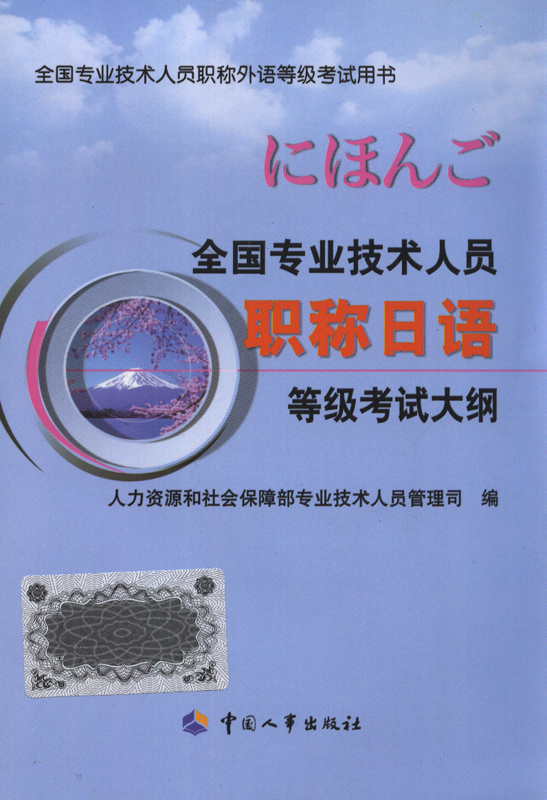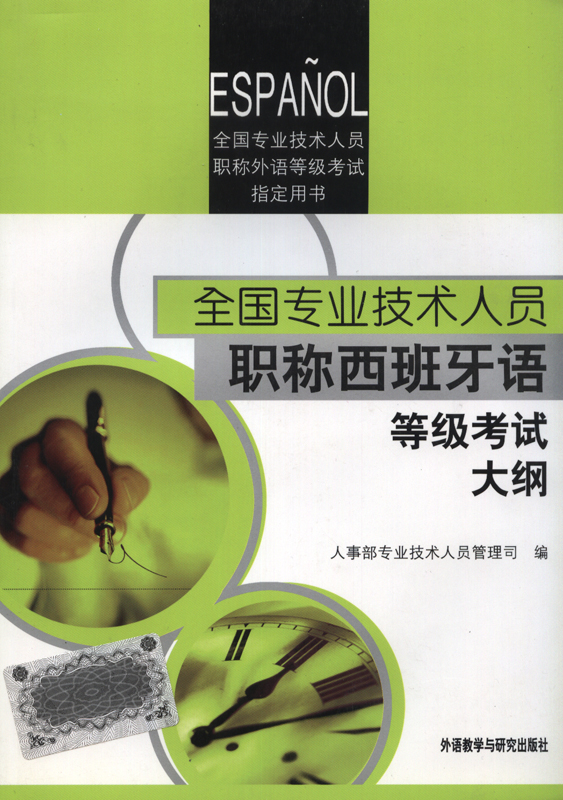第1部分:词汇选项(第1—15题,每题1分,共15分)
下面每个句子中均有1个词或短语划有底横线,请为每处划线部分确定1个意义最为接近的选项。
1. A large crowd assembled outside the American Embassy.
A. watch B. shouted C. gathered D. walked
2. Most babies can take in a wide range of food easily.
A. bring B. keep C. digest D. serve
3. What puzzles me is why his books are so popular.
A. confuses B. shocks C. influences D. Concerns
4. I think $7 for a drink is a bit steep, don't you?
A. tight B. high C. low D. cheap
5. Our aim was to update the health service, and we succeeded.
A. offer B. provide C. fund D. modernize
6. The weather was crisp and clear and you could see the mountains fifty miles away.
A. hot B. heavy C. fresh D. windy
7. The walls are made of hollow concrete blocks.
A. big B. long C. new D. empty
8. Joe came to the window as the crowd chanted,"Joe, Joe, Joe!"
A. jumped B. retained C.repeated D. approached
9. All the flats in the building had the same layout.
A. arrangement B. color C. size D. Function
10. Her comments about men are utterly ridiculous.
A. slightly B. partly C. faintly D. Completely
11. The contempt he felt for his fellow students was obvious.
A. need B. hate C. love D. pity
12. Do we have to wear tags?
A. lists B. forms C.labels D. codes
13. He inspired many young people to take up the sport.
A. allowed B. advised C. called D. Encouraged
14. The city center was wiped out by the bomb.
A. destroyed B. covered C. reduced D. Moved
15. The storm caused severe damage.
A. physical B. accidental C. environmental D. serious
参考答案: CBABD CDCAD BCDAD
第二部分:阅读判断(第16~22题,每题1分,共7分)
下面的短文后列出了7个句子,请根据短文的内容对每个句子做出判断;如果该句提供的是正确信息,请选择A;如果该句提供的是错误信息,请选择B;如果该句的信息文中没有提及,请选择C。
Brotherly Love
Adidas and Puma have been two of the biggest names in sports shoe manufacturing for over half a century.
Since 1928 they have supplied shoes for Olympic athletes, World Cup-winning football heroes, Muhammad Ali, hip hop stars and rock musicians famous all over the world. But the story of these two companies begins in one house in the town of Herzogenaurach, Germany.
Adolph and Rudolph Dassler were the sons of a shoemaker. They loved sport but complained that they could never find comfortable shoes to play in. Rudolph always said, 'You cannot play sports wearing shoes that you'd walk around town with.' So they started making their own. In 1920 Adolph made the first pair of athletics shoes with spikes(钉),produced on the Dasslers' kitchen table.
On lst July 1924 they formed a shoe company, Dassler Brothers Ltd and they worked together for many years. The company became successful and it provided the shoes for Germany's athletes at the 1928 and 1932 Olympic Games.
But in 1948 the brothers argued. No one knows exactly what happened, but family members have suggested that the argument was about money or women. The result was that Adolph left the company. His nickname was Adi, and using this and the first three letters of the family name, Dassler, he founded Adidas.
Rudolph relocated across the River Aurach and founded his own company too. At first he wanted to call it Ruda, but eventually he called it Puma, after the wild cat. The famous Puma logo of the jumping cat has hardly changed since.
After the big split of 1948 Adolph and Rudolph never spoke to each other again and their companies have now been in competition for over sixty years. Both companies were for many years the market leaders, though Adidas has always been more successful than Puma. A hip hop group, Run DMC, has even written a song called "My Adidas" and in 2005 Adidas bought Reebok, another big sports shoe company.
The terrible family argument should really be forgotten, but ever since it happened, over sixty years ago, the town has been split into two. Even now, some Adidas employees and Puma employees don't talk to each other.
1. Adidas and puma began to make shoes at the end of 19th century. -------Wrong
2. The brothers’ father was a ball maker. ------- Wrong
3. The brothers make shoes at home. -------Right
4. The brothers argued about the shoes. -------Wrong
5. The brothers decided to start their separate companies after argument. -------Right
6. Nike makes more shoes than Adidas. ------- Not mentioned
7. People in town have forgotten their argument. -------Wrong
第三部分:概括大意和完成句子(第23~30题,每题1分,共8分)
下面的短文后有2项测试任务:(1)第23~26题要求从所给的6个选项中为指定段落每段选择1个小标题;(2)第27~30题要求从所给的6个选项中为每个句子确定一个最佳选项。
How technology pushes down price(原文有删减)
The Treaty of Breda, signed in 1667 after a war between the English and Dutch in which the English were worsted, gave the Dutch the big prize: Run, a small island in the Indonesian archipelago which was the world's principal source of nutmeg. The margin on nutmeg at the time was around 3,200%. The English, as a consolation prize, got Manhattan. As an illustration of the long-term fall in food prices compared with other goods, that is a sharp one. But deflation has characterized the food business for centuries, because of continual advances in food production and distribution technology.
Consumers have benefited greatly from those advances. Malthusians, whose descendants until quite recently predicted that the world would run out of food, have thereby been confounded. More and more food is being produced by fewer and fewer people with less and less capital; it is therefore ever more plentiful and cheaper. Since demand is to some extent limited by the size of people's stomachs, spending on food compared with other goods has been falling for many years, and continues to drop (see chart 4).
Genetically modified (GM) seeds are the latest manifestation of a production revolution that started with Charles “Turnip” Townsend, who in the 18th century laid the basis for crop rotation. Organic fertilisers were replaced by chemical ones in the 19th century. The railway opened up the American mid-west. The horse replaced the cow, the combine harvester the horse. After the second world war, dwarf varieties of wheat and rice (which overcame the problem that heavily fertilised crops in hot countries grew too tall and fell over) boosted developing-country output. The “green revolution” helped trigger a more recent “livestock revolution”, documented by Chris Delgado, who works jointly for the International Food Policy Research Institute and the International Livestock Research Institute. Higher incomes and urbanisation, combined with falling food prices, have boosted meat and milk consumption in developing countries. By 1997, real beef prices were a third their level in 1971. Over that period, meat consumption in developing countries rose five-fold, three times as fast as in developed countries. Milk consumption rose three-fold.By the 1980s, advances in conventional plant breeding had tailed off, but GM made it possible to do things with DNA that conventional breeding could not do. Despite scaremongering in Europe, GM technology is spreading elsewhere: most of the world's soya is now GM.Producing lots of food is not much good unless you can distribute it, so advances in distribution technology have been as important as those in production technology. Salt, used to preserve food, which meant that it could be stored and traded, was an early aid to distribution. Canning arrived in the early 19th century, when a Frenchman discovered that food could be stored longer if it was heated before it was bottled, and a Briton worked out that tin cans were easier to transport than bottles; and both the British and the French armies used the technology to feed their troops in the Napoleonic wars.Francis Bacon, a British scientist and essayist, was an early victim of the struggle to develop refrigeration technology: he died in 1626 after eating some chicken that he had stuffed with snow as part of an experiment. In 1877 the first shipload of frozen beef was carried from Argentina to France. The impact on the food industry of the spread of the domestic refrigerator in the 20th century was rivalled only by that of the car, which changed the face of retailing by allowing supermarkets to develop. Supermarkets have helped push down prices principally because of their scale. Big businesses can invest in IT systems that make them efficient. And their size allows them to buy in bulk. The more concentrated the retail business becomes, the bigger supermarkets get, the further prices get pushed down until, of course, there is so much concentration that there is not enough competition. Britain's Competition Commission indicated earlier this year that the supermarket industry was moving towards that point: it refused to let any of the top three supermarket chains buy one of the smaller players. In America, however, where the size of the country means a more fragmented retail business, there is still scope for further concentration: the “black death”, as Wal-Mart is known in the trade, is expected to claim more victims. Wal-Mart's scale, the efficiency of its IT systems and the cheapness of its non-unionised labour force ($8-10 an hour compared with $17-18 for mid-sized players such as Albertsons, A hold, Safeway and Kroger), give it a massive advantage. It sells Colgate toothpaste for an average of 63% of its competitors' price, Tropicana orange juice for 58% and Kellogg's Corn Flakes for 56%. Analysts expect at least one of the mid-sized firms to disappear.The concentration of power among retailers has led to another stage in the shift in power down the food chain. Once upon a time, power lay with landlords. In the 20th century, as processing and distribution became more important, so did the food producers. Lord Haskins, Tony Blair's adviser on farming, recalls going to food industry conferences in the 1970s, when there would be a line of Rolls-Royces outside, all belonging to producers.
Retailer concentration has shifted power (and profits) further down the food chainNo longer. Retailer concentration has shifted power (and profits) further down the food chain. But the retailers are not the type to swank around in flash cars. They are ostentatiously parsimonious, advertising their determination to keep prices down. Wal-Mart's headquarters in Bentonville, Arkansas, is in a converted warehouse. Tesco, Britain's biggest private-sector employer, has its headquarters in a Stalinist bunker in a nasty bit of north-east London. Beside the main reception its share price is proudly displayed on one of those blackboards with white plastic letters stuck on to it that you see in the cheapest sandwich bars. One of the manifestations of retailers' power (which also reinforces it) is the growth of private-label (ie, supermarket- not producer-branded) goods. In 2002, according to the Boston Consulting Group, own-label made up 39% of grocery sales in Britain, 21% in France and only 16% in the United States, but everybody thinks that, as retailing becomes more concentrated, America is going the way of Britain. Retailers can sell private-label only if the price cuts they offer mean more to consumers than a producer's brand. As own-label has expanded, so supermarkets have been taking all but the most successful brands off their shelves. “If you are a must-have brand it's fine,” says Dido Harding, Tesco's commercial director. “If you're a sub-global brand, life's much harder.”The shift in power to retailers has put pressure on producers' margins, hence huge programmes of cuts. Since 2000, Uni-lever has cut its workforce by 33,000 to 245,000 and dropped lots of minor brands as part of its “path to growth” strategy. Cadbury is the latest to announce big cuts: in October it said that it will be shutting 20% of its 133 factories and cutting 10% of its 55,000 global workforce. These cuts should help keep costs, and thus the price of food, low.Does cheap food make people unhealthy? In some ways. Hydrogenated vegetable oil, for instance—vegetable fat made solid by adding hydrogen atoms—is the nutritionists' current bête noire. Widely used as a cheap substitute for butter and cream, it is the main dietary source of trans fats. Trans fats are heavily implicated in heart disease; companies are taking them out of products for fear of lawsuits.Cheap food may also make people eat more. In a paper entitled “Why have Americans become more obese?” David Cutler, Jesse Shapiro and Edward Glaeser, a group of Harvard economists, note that, among OECD countries, obesity is correlated to the level of regulation: the more food laws, the more protected local producers are, the harder it is to import technology, the slimmer people tend to be. They reckon that is because of price: the less regulated a country, the cheaper a Big Mac tends to be. But it could be another factor: heavily regulated countries might, for instance, be places with stronger family ties where real meals have survived and people eat fewer snacks and less fast food.
Giving people bigger portions is an easy way of making them feel they have got a better dealFood companies certainly think giving people more food for their money makes them buy more. That is why portions have been getting larger and larger. In America, soft drinks, which used to come in 8oz and then 12oz containers now come in 20oz ones. As Dennis Lombardi of Technomic, a food-industry consultancy in Chicago, points out, giving people bigger portions is an easy way of making them feel they have got a better deal. “If I can give you an 8oz portion for $7, I can give you a 12oz portion for $8. The only incremental cost to me is the food, which probably cost 25 cents.” Everybody, therefore, has done it.Scientists have shown that portion size partly determines how much people eat. Barbara Rolls, a nutrition professor at Pennsylvania State University, fed subjects macaroni cheese, some in 2.5-cup portions, some in 5-cup portions. The ones with the big portions ate 27% more, on average, than those with small portions but did not report feeling any fuller. Brian Wansink at the University of Illinois found that if you give movie-goers an extra-large bucket of popcorn, they eat nearly half as much again as if you give them the next size down, even if the popcorn is stale.Now companies are under pressure to stop selling people more for less. But it is a hard trend to reverse, as Mr Lombardi points out. “How about I give you a third less food for $1 less? I don't think so.”
23. Paragraph 1
24. Paragraph 2
25. Paragraph 3
26. Paragraph 4
A. Huge retailers force producers to cunt costs
B. Consumers like supermarkets
C. Technology helps reduce food prices
D. Food comes cheaper in larger portions
E. Chain stores provide better service
F. Bigger supermarkets offer lower prices
27. Big supermarkets can offer food at lower prices because they can buy in___
28. Some food producers have reduced___
29. Besides cutting its workforce, Unilever also abandoned its___
30. Buyers like bigger portion because they think they have got___
A. their workforce
B. huge portions
C. large quantities
D. their money
E. a good barging
F. minor brands
答案:
23.C technology helps reduce food prices
24. F bigger supermarkets offer lower prices
25. A. Huge retailers force producers to cut costs
26.D. food comes cheaper in larger portions
27. Big supermarkets can offer food at lower prices because they can buy ___.答案为C: in bulk = in large quantities
28. Some forced producers have reduced ___答案为F。minor brands
29.Besides cutting its cost, Unilever also abandoned its ____答案为A. their workforce
30.Buyers like big portions because they think they have got ___.答案为E。a good bargain = a better deal
















